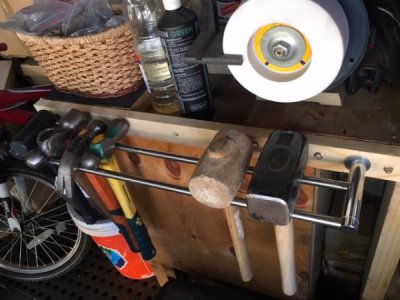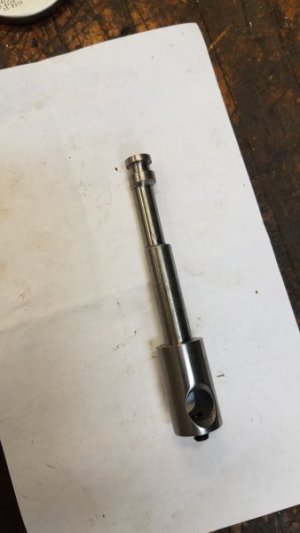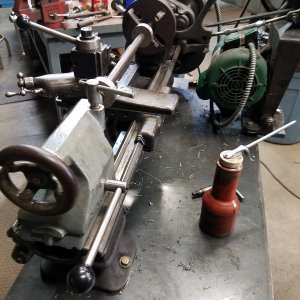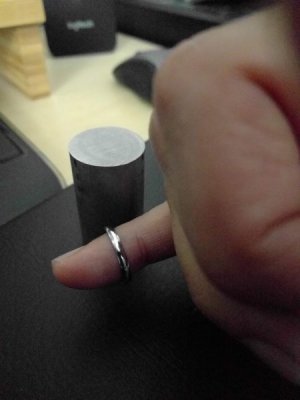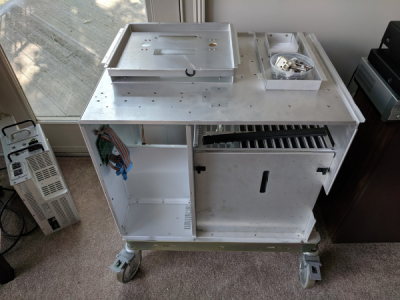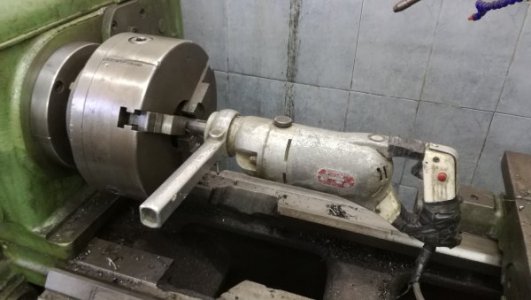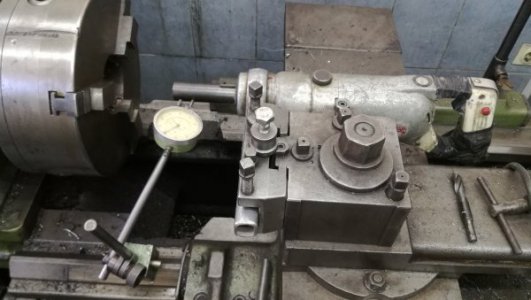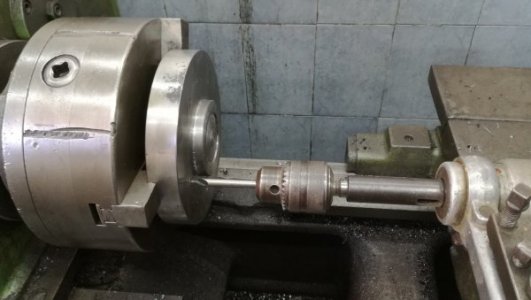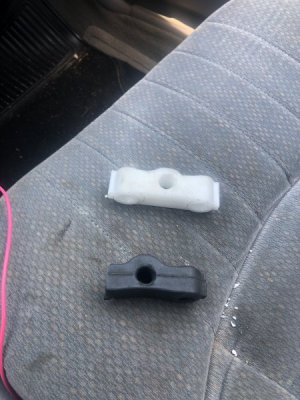Greg,
got it in one. The key to how fountain pens work, any pen, really, is both holding the ink and letting it go. You clearly need both to have even flow when you want it and a reservoir that is safe inside and not on your clothes. The solution to the problem goes back to the earliest 1900s, and was refined into its modern form by around 1925. The solution is having ink travel through a very narrow corridor, a couple of hundredths of an inch down to 2-3 thou by the time it got to the nib. The first feeds were solid, flowing ink only through the space between nib and feed. Slits cut into them both managed ink flow and provided more ink. Modern feeds are larger in all three dimensions and have east-west slits, usually 2 or more north-south channels, and often a long channel cut the entire length, all for this purpose, although the greater size is also to support today's larger nibs.
Although my work and tastes are all in vintage, I'm a huge fan of hand-made fountain pens, and there are some magnificent craftsmen out there. Look up newtonpens.com , chesapeakepen.com, and scriptoriumpens.com . Shawn Newton now has a CNC in addition to a more manual lathe, but the others are one-by-one.
Tim
got it in one. The key to how fountain pens work, any pen, really, is both holding the ink and letting it go. You clearly need both to have even flow when you want it and a reservoir that is safe inside and not on your clothes. The solution to the problem goes back to the earliest 1900s, and was refined into its modern form by around 1925. The solution is having ink travel through a very narrow corridor, a couple of hundredths of an inch down to 2-3 thou by the time it got to the nib. The first feeds were solid, flowing ink only through the space between nib and feed. Slits cut into them both managed ink flow and provided more ink. Modern feeds are larger in all three dimensions and have east-west slits, usually 2 or more north-south channels, and often a long channel cut the entire length, all for this purpose, although the greater size is also to support today's larger nibs.
Although my work and tastes are all in vintage, I'm a huge fan of hand-made fountain pens, and there are some magnificent craftsmen out there. Look up newtonpens.com , chesapeakepen.com, and scriptoriumpens.com . Shawn Newton now has a CNC in addition to a more manual lathe, but the others are one-by-one.
Tim

